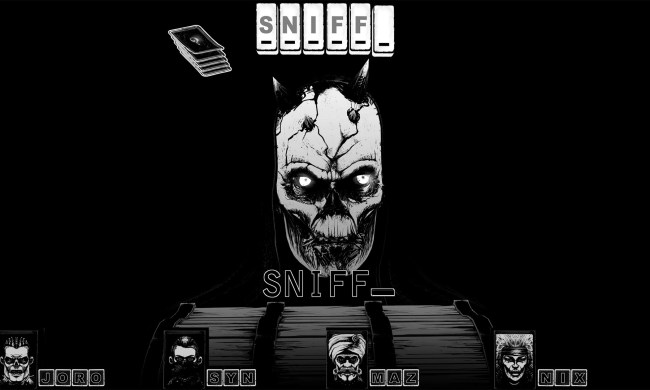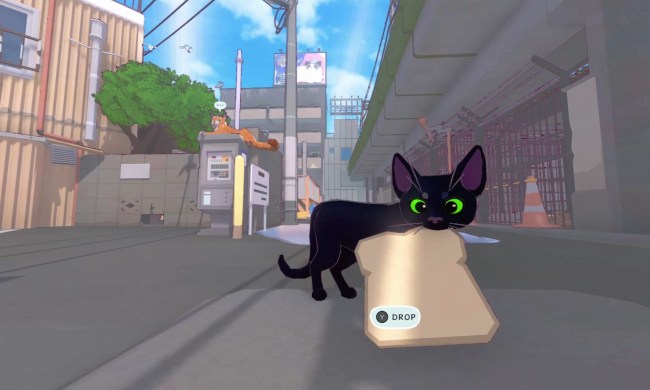
With how easy it is for anyone to snap a picture these days, it’s easy to forget just how powerful the act of photography is. It’s one of the few ways that we can see the world through someone else’s eyes. You can learn so much about a person from how they frame an image and capture the world as they see it. Even the most minute decision can tell a lot about one’s perspective, right down to what they don’t show you.
You can feel that human experience in The Star Named Eos, a new indie from Silver Lining Studio. Like its last game, the excellent Behind the Frame: The Finest Scenery, its follow-up is a concise point-and-click puzzle game with a focus on art and the way it communicates. While Behind the Frame dealt with paintings through tactile gameplay, The Star Named Eos centers on photography. It’s a short and sweet story about how a picture doesn’t just transmit 1,000 words, but can also better help us understand the person behind the camera.
The Star Named Eos centers around a young budding photographer named Dei. When the story begins, Dei opens a letter that reveals his backstory. Dei’s mother is a professional photographer who is often away from home on assignment. She writes to her son often, sending a Polaroid photo from her travels and challenging him to see if he can match her picture from home. It’s her way of staying connected to her son from so far away; perhaps they can still see eye to eye through photography.

That idea serves as the basis for a simple, but elegant puzzle hook. Her first photo is a shot out of a train window with bright red curtains and a flower vase perched on the sill. I’ll need to recreate that image as best as possible in my own bedroom, finding the right props, moving them into place, and framing a shot that best sells the illusion. To do all that, I need to solve a series of point-and-click puzzles that turn each space into a small escape room. In the first chapter, I need to open a box by pressing flower petal buttons in the right order, find a code for a cryptic lock, and solve a rotating puzzle box to open a cabinet. Later levels get even more playful with their tactile interactions, tasking me with winding a clock’s hands, tying a knot to hang a fallen hammock, and more. Nothing’s too hard to solve, but everything requires just enough brainpower to keep each puzzle engaging.
Once I find everything I need and put every object in its right place, I break out my camera and snap a photo. Doing so teleports me into a new scene, as if I’ve jumped through my picture and out of my mother’s. It’s an effective bit of video game magic, illustrating how a photograph can create a shared perspective. The Star Named Eos plays with that idea throughout its movie-length runtime, while exploring both how Dei’s mother shares the world with her son and how Dei in turn interprets her images. The pictures might not be an entirely accurate representation of reality, but they’re a personal snapshot of each character’s worldview.
For those who enjoy breezy puzzle games, The Star Named Eos is a heartfelt little project powered by pleasant hand-drawn art. Play it all in one sitting and you’ll walk away with a deeper appreciation of how photographers tell us about themselves through pictures. It might motivate you to put a little more thought in the next time you go to snap a picture on your phone.
The Star Named Eos is out now on PlayStation 5, Xbox Series X/S, Nintendo Switch, and PC.



